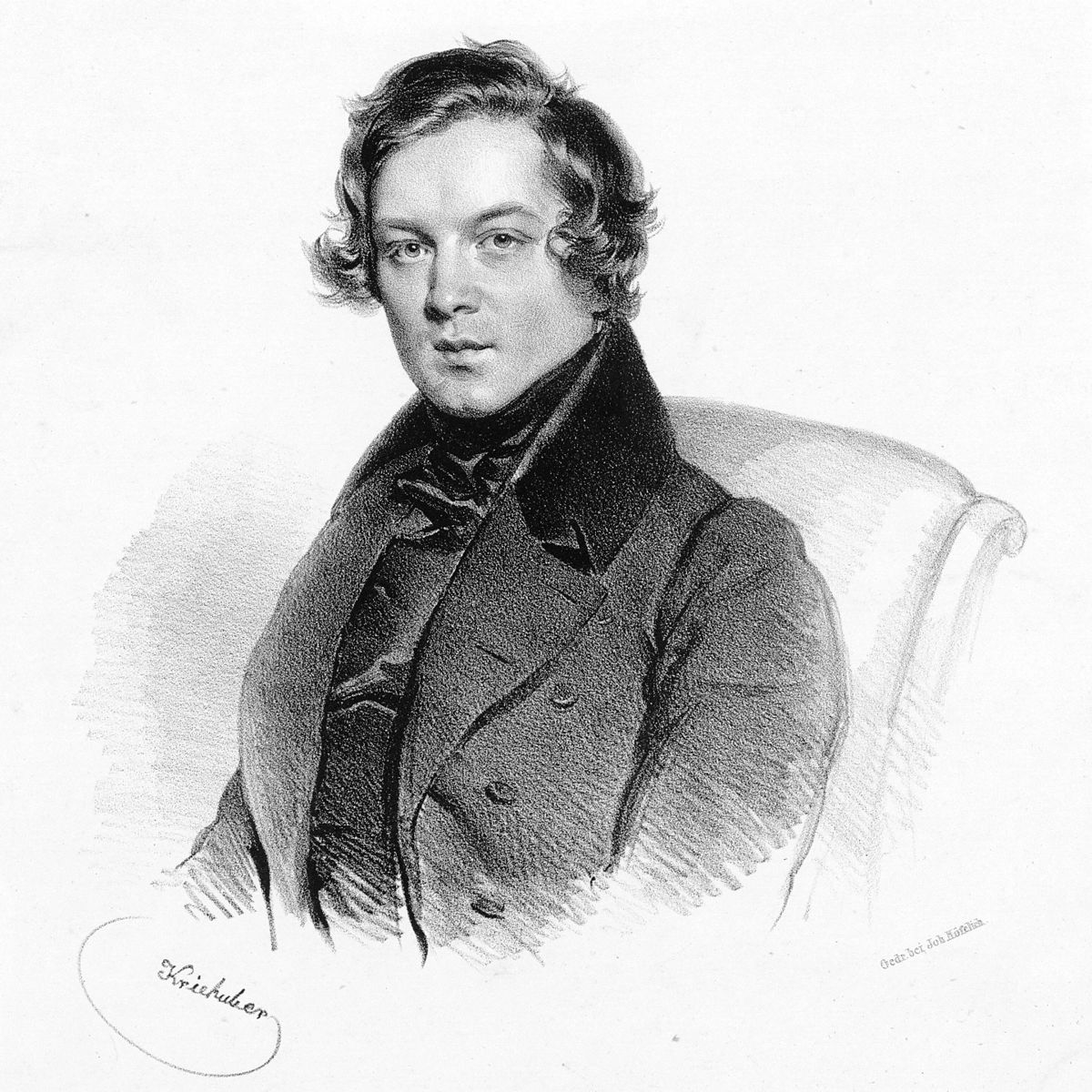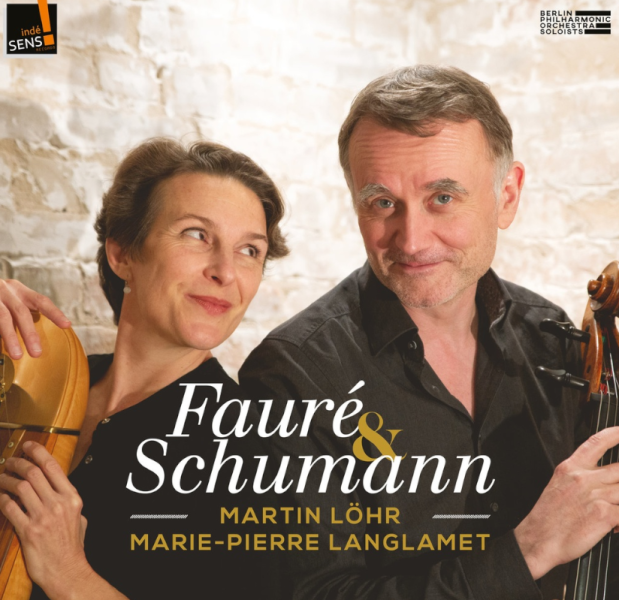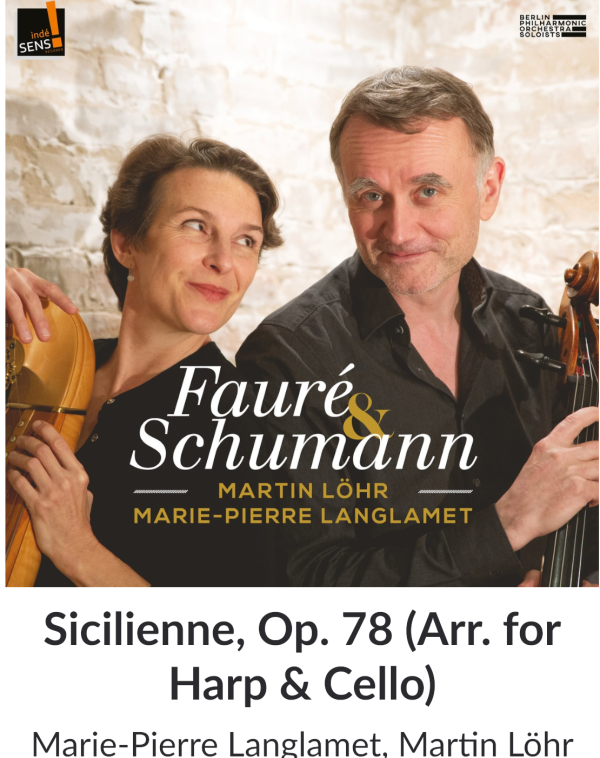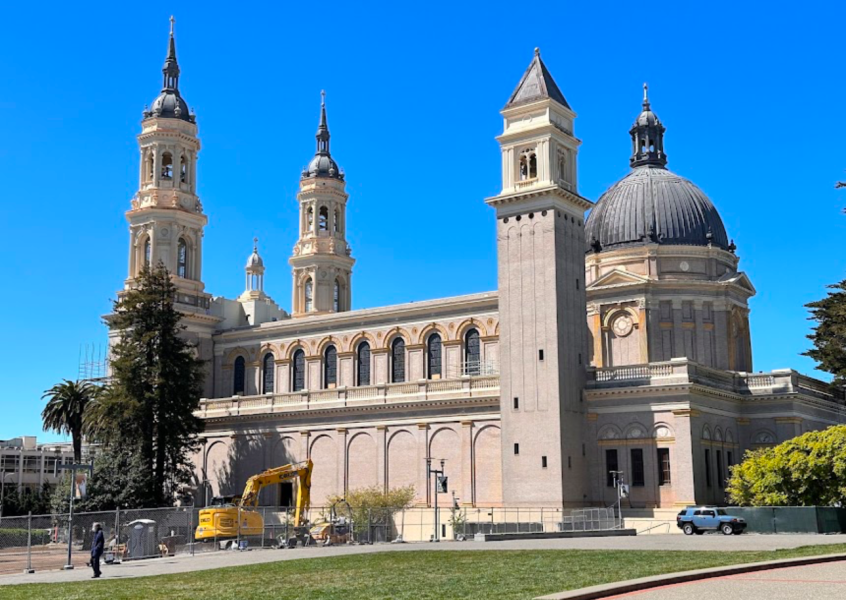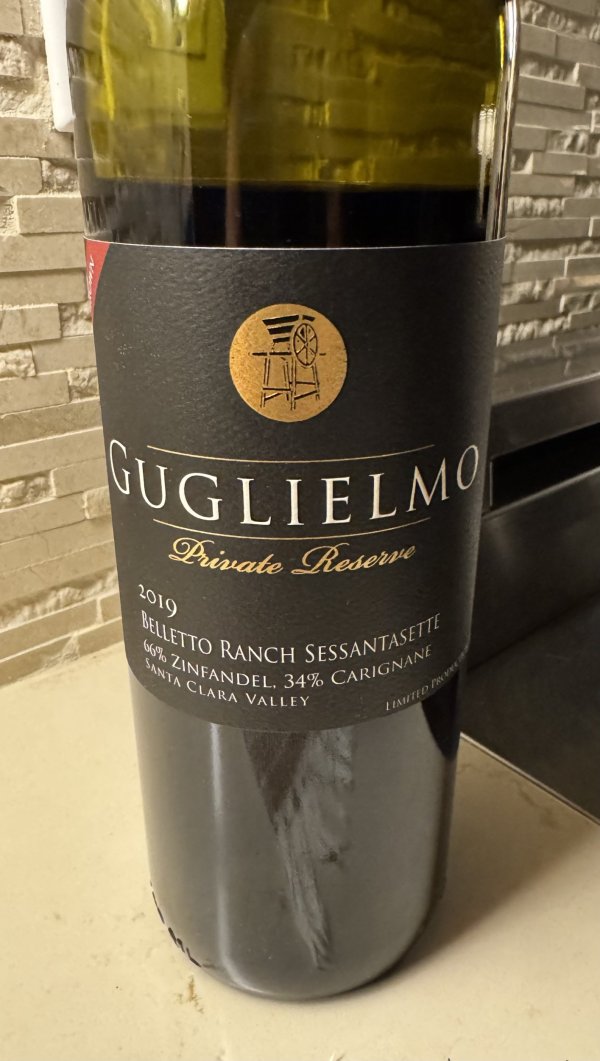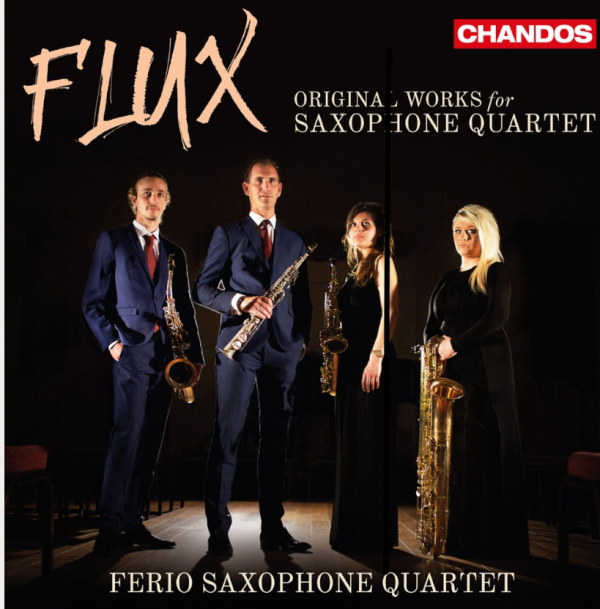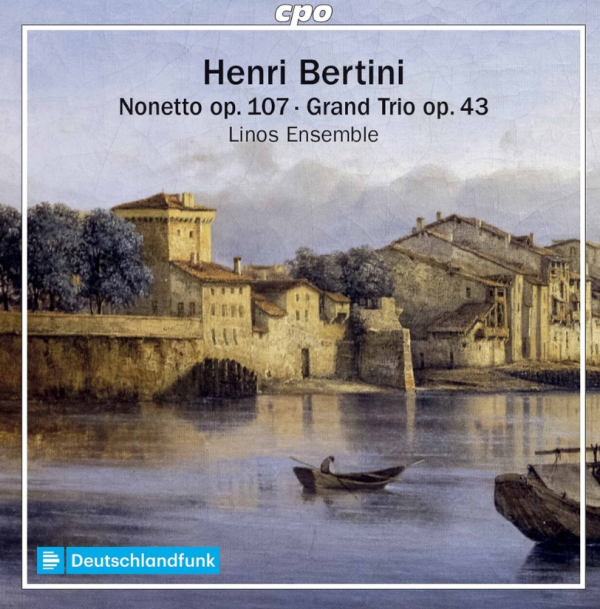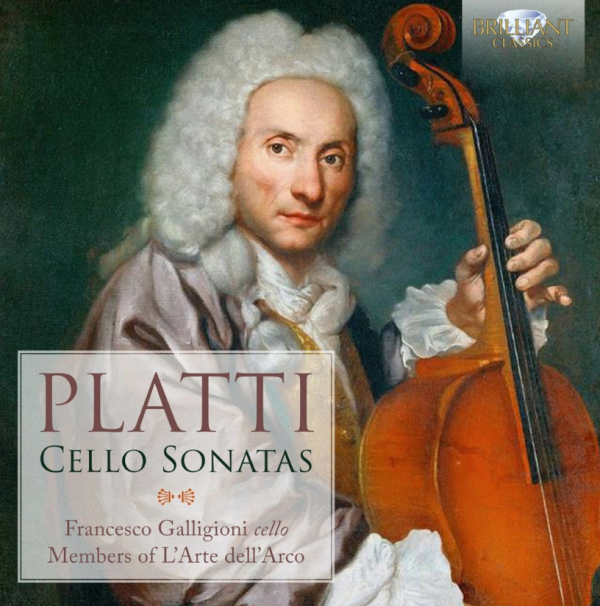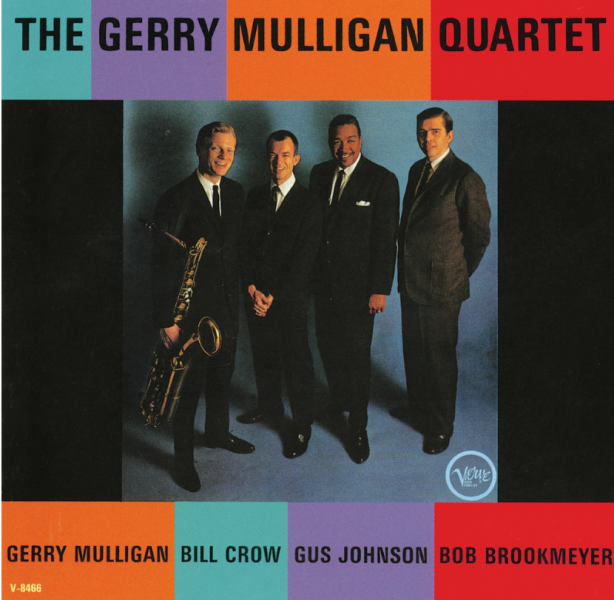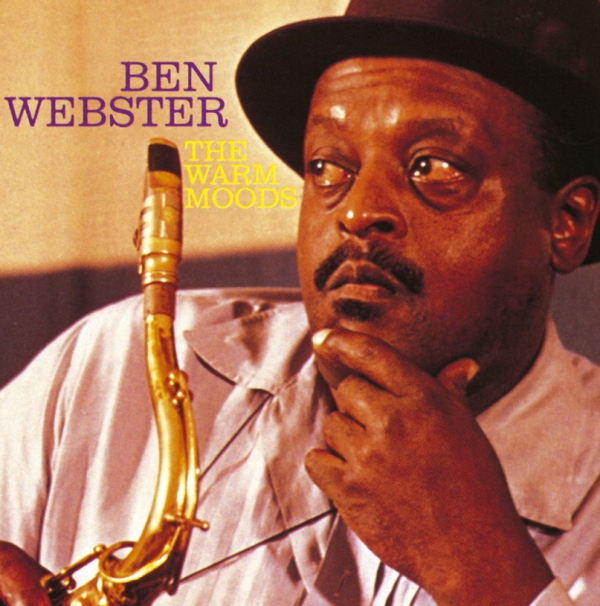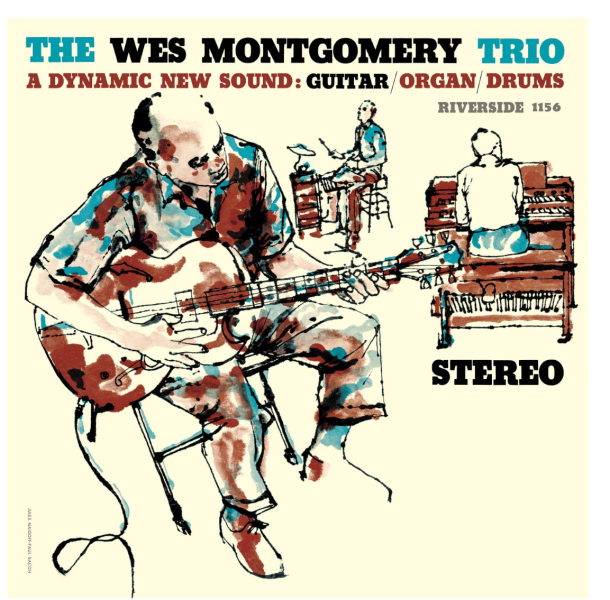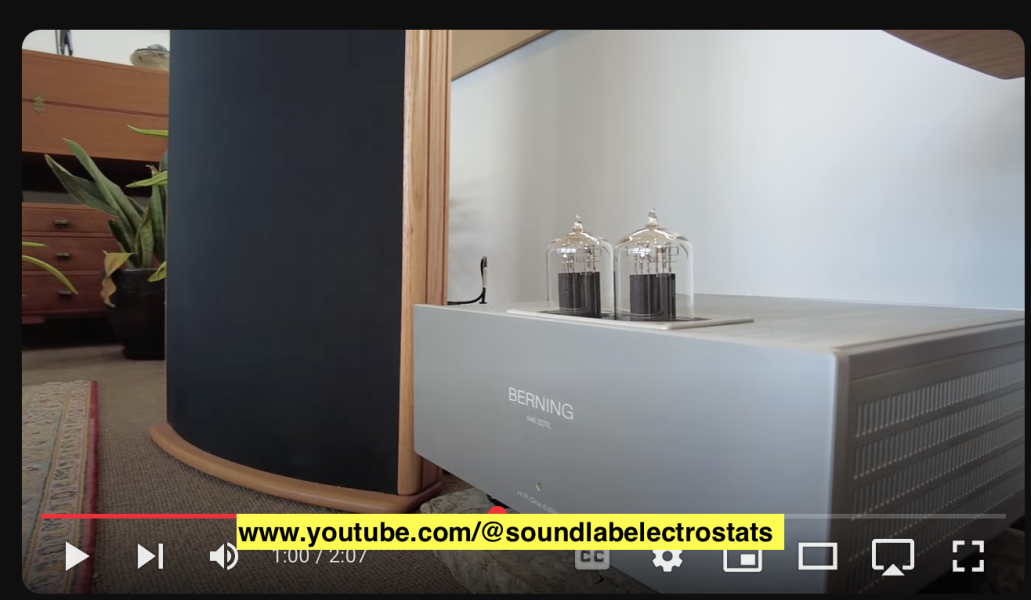There are times in your life when nothing but Mozart will suffice to enrich your evening. I’ve been listening to a beautiful recording of Mozart’s most sublime pieces for the clarinet, the concerto and the quintet. Safe to say, these compositions are as revered today as they may have been in Mozart’s era several centuries ago.
Many recordings of these legendary compositions exist. This high resolution recording was made in 2021 in France when the world was reeling from the Covid pandemic. Add to that tragedy, the clarinetist was involved in an accident that left him unable to play for an extended period. To complete the picture iof doom and gloom, the conductor of the concerto passed away after this recording, his last.
It’s a beautifully recorded album, and Mozart shows us once again why his music was touched by the Gods. It’s filled with moments of sheer beauty, pathos, and jollity combined in a way that only Mozart seemed capable of. Sounds magical on the large SL G9-7c’s, even with the budget Eversolo DMP-A8 driving the class D D-Sonic amplifiers.
View attachment 142917















